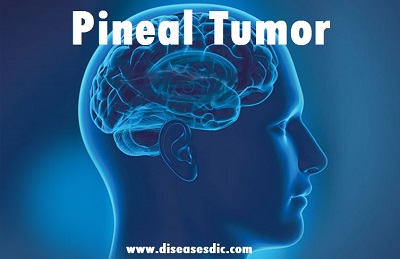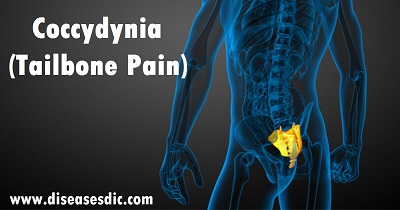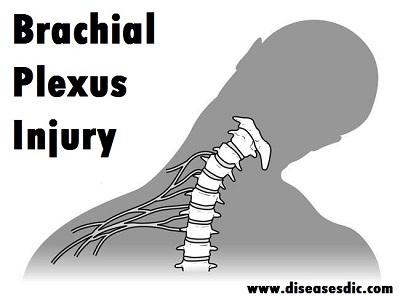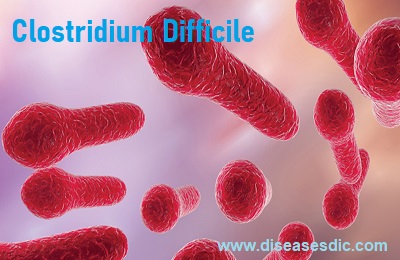Definition Pineal tumor is an abnormal growth in or near the pineal gland. Depending on the type of tumor, surgery may involve a craniotomy to remove it. The pineal gland, a tiny, pinecone-shaped area located in the midline of the brain behind the third ventricle, synthesizes and secretes the neurotransmitters …
Read More »Fifth Disease or Slapped Cheek Syndrome – Diagnosis and Treatment.
Description Fifth disease is a mild viral infection caused by human parvovirus B19. It’s more common in children than adults. It’s called fifth disease because it was fifth on a list of illnesses that caused rashes in children in the past. Fifth disease is sometimes called “slapped cheek disease.” The …
Read More »Mastitis – Types, Causes, Treatment and Prevention
Definition Mastitis is an infection and inflammation of the breast, usually the fatty tissue of the breast, that causes redness, pain and swelling. As this swelling pushes on the milk ducts, it causes pain. Mastitis is usually caused by an infection with the bacteria Staphylococcus aureus. These bacteria are normally …
Read More »Coccydynia – Anatomy, Causes, Diagnosis, and Treatment
Definition Coccydynia is pain in or around the area of the coccyx, more commonly known as the tailbone. The coccyx is the last bone at the base of the spine. Injury or strain to the surrounding ligaments and muscles may cause this pain and discomfort, which is most often felt …
Read More »Brachial plexus injury – Causes, Complication and Treatment
Definition of brachial plexus injury Brachial plexus injury is caused by excessive stretching, tearing, or other trauma to a network of nerves from the spine to the shoulder, arm, and hand. The brachial plexus is a network of nerves that conducts signals from the spine to the shoulder, arm, and …
Read More »Hiatus Hernia – Risk Factors, Symptoms, and Treatment.
Overview Hiatus hernia is the term used to describe a condition where part of the stomach pushes up into the lower chest through a weakness in the diaphragm. The diaphragm is the large flat muscle that separates the lungs from the tummy (abdomen) and helps us to breathe. Not everyone …
Read More »Clostridium Difficile – Symptoms, Transmission, and Causes.
Overview Clostridium Difficile is a bacterium that causes an infection of the large intestine (colon). Symptoms can range from diarrhea to life-threatening damage to the colon. The bacterium is often referred to as C. difficile or C. diff. Illness from Clostridium Difficile typically occurs after use of antibiotic medications. It most commonly …
Read More »Postorgasmic Illness Syndrome – Types, Causes, and Treatment
What is Postorgasmic Illness Syndrome? Postorgasmic illness syndrome (POIS) is a rare condition in which a person develops flu-like and allergy symptoms after orgasm, whether with a partner, through masturbation, or spontaneously during sleep. POIS typically is reported in males (after ejaculation), but females have rarely been reported to have …
Read More » Diseases Treatments Dictionary This is complete solution to read all diseases treatments Which covers Prevention, Causes, Symptoms, Medical Terms, Drugs, Prescription, Natural Remedies with cures and Treatments. Most of the common diseases were listed in names, split with categories.
Diseases Treatments Dictionary This is complete solution to read all diseases treatments Which covers Prevention, Causes, Symptoms, Medical Terms, Drugs, Prescription, Natural Remedies with cures and Treatments. Most of the common diseases were listed in names, split with categories.








